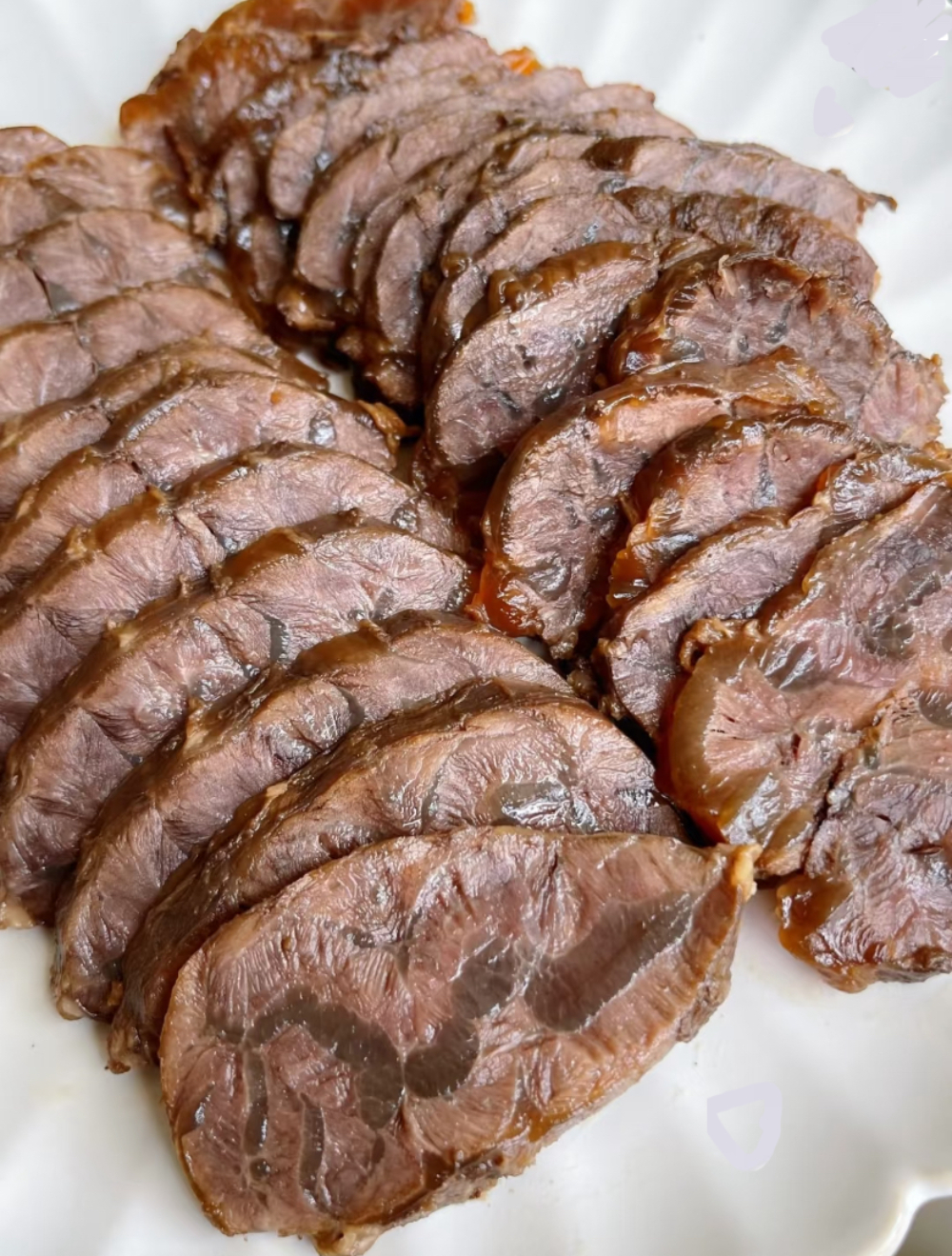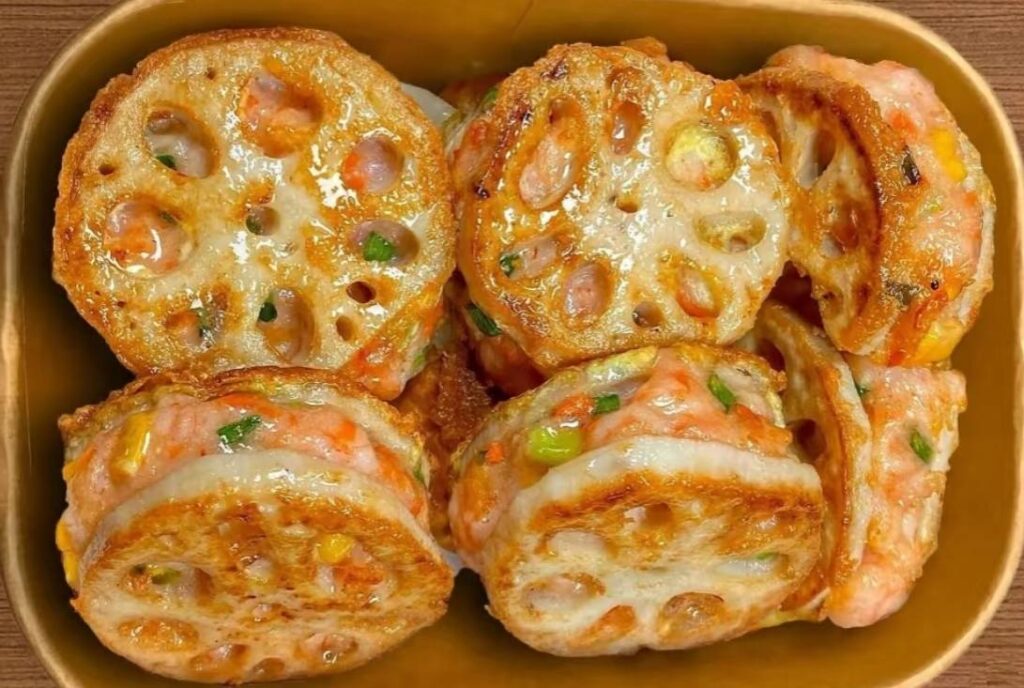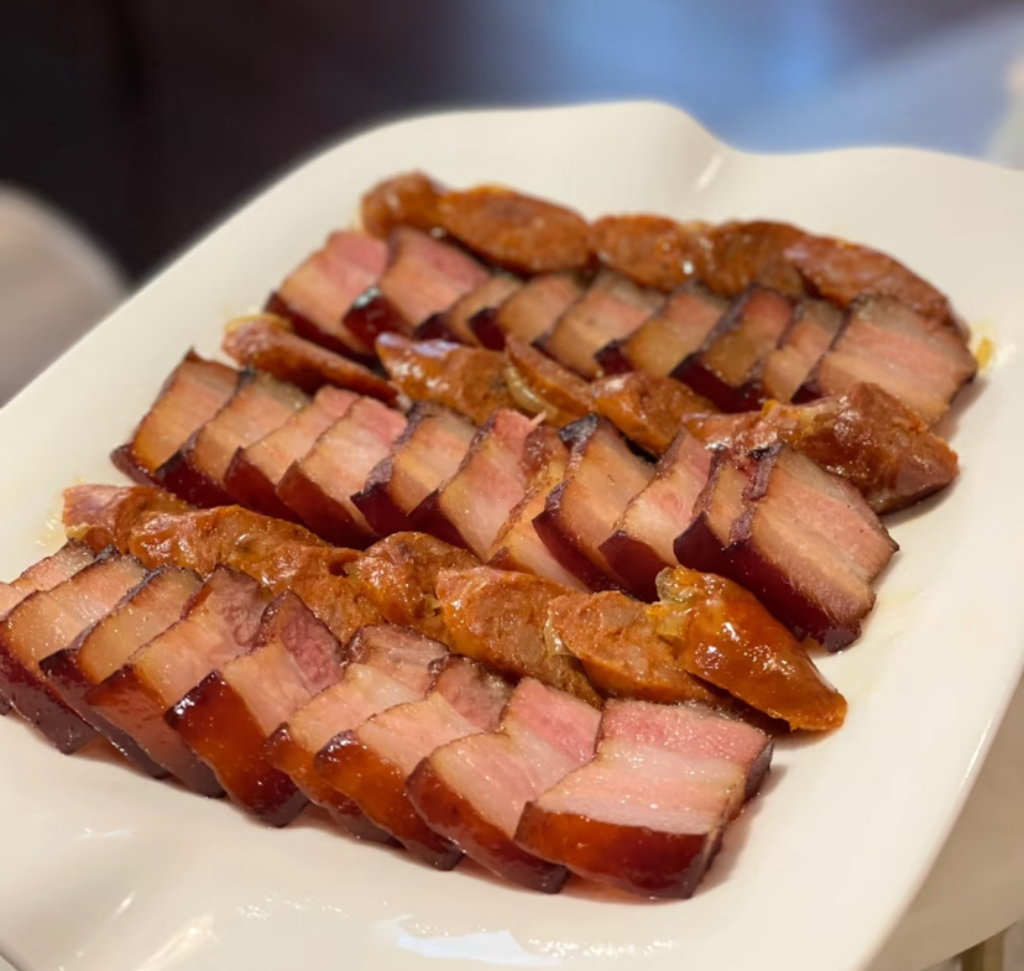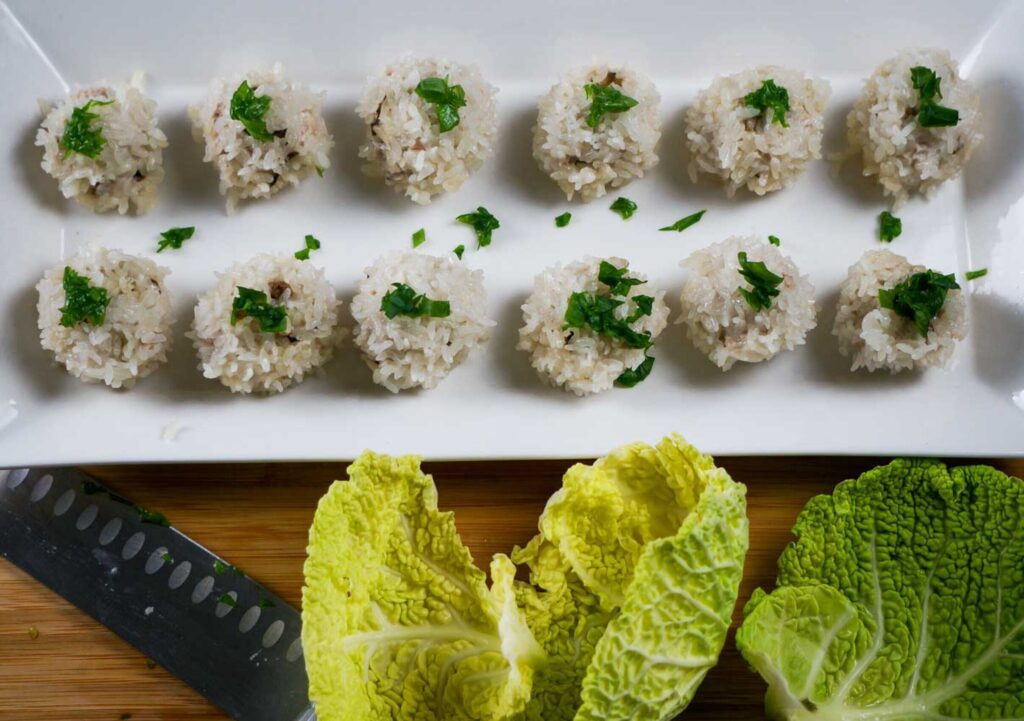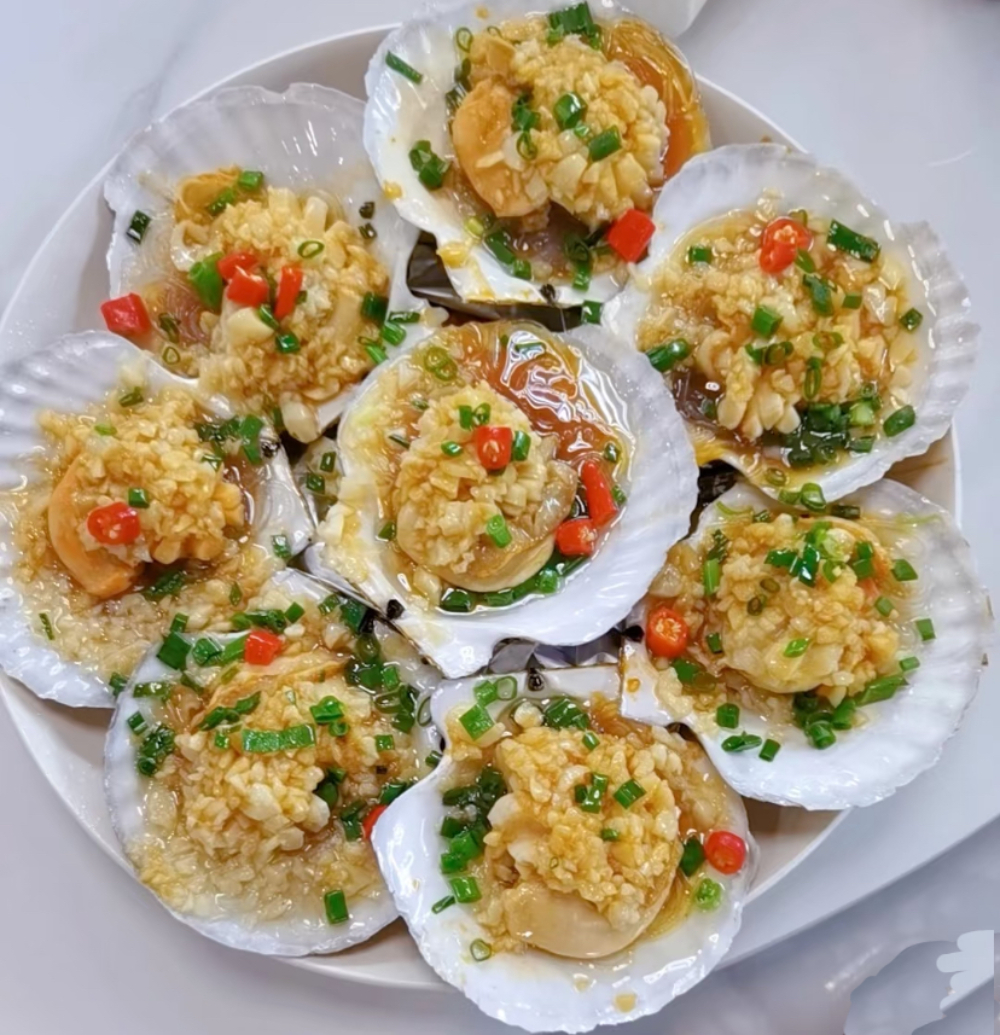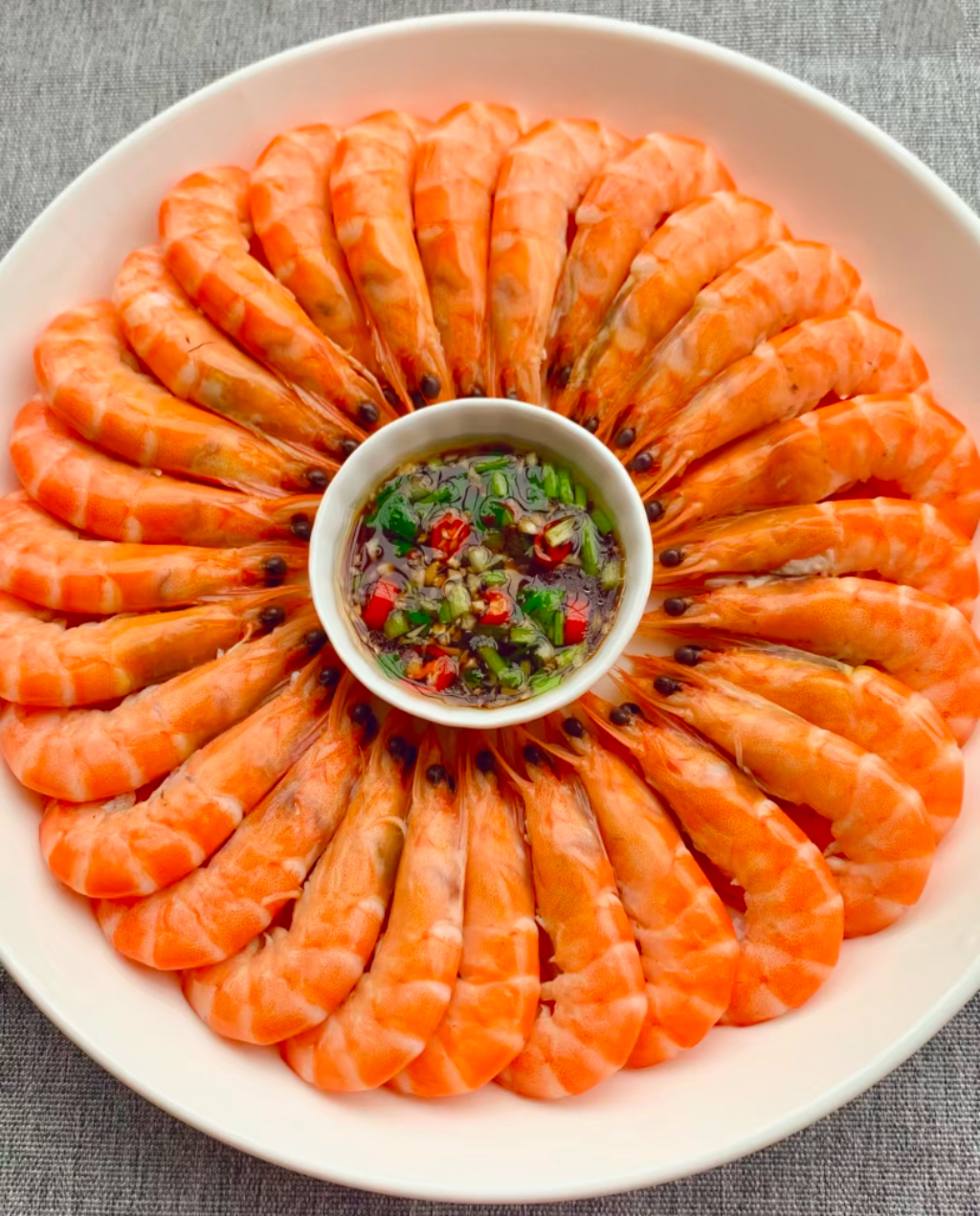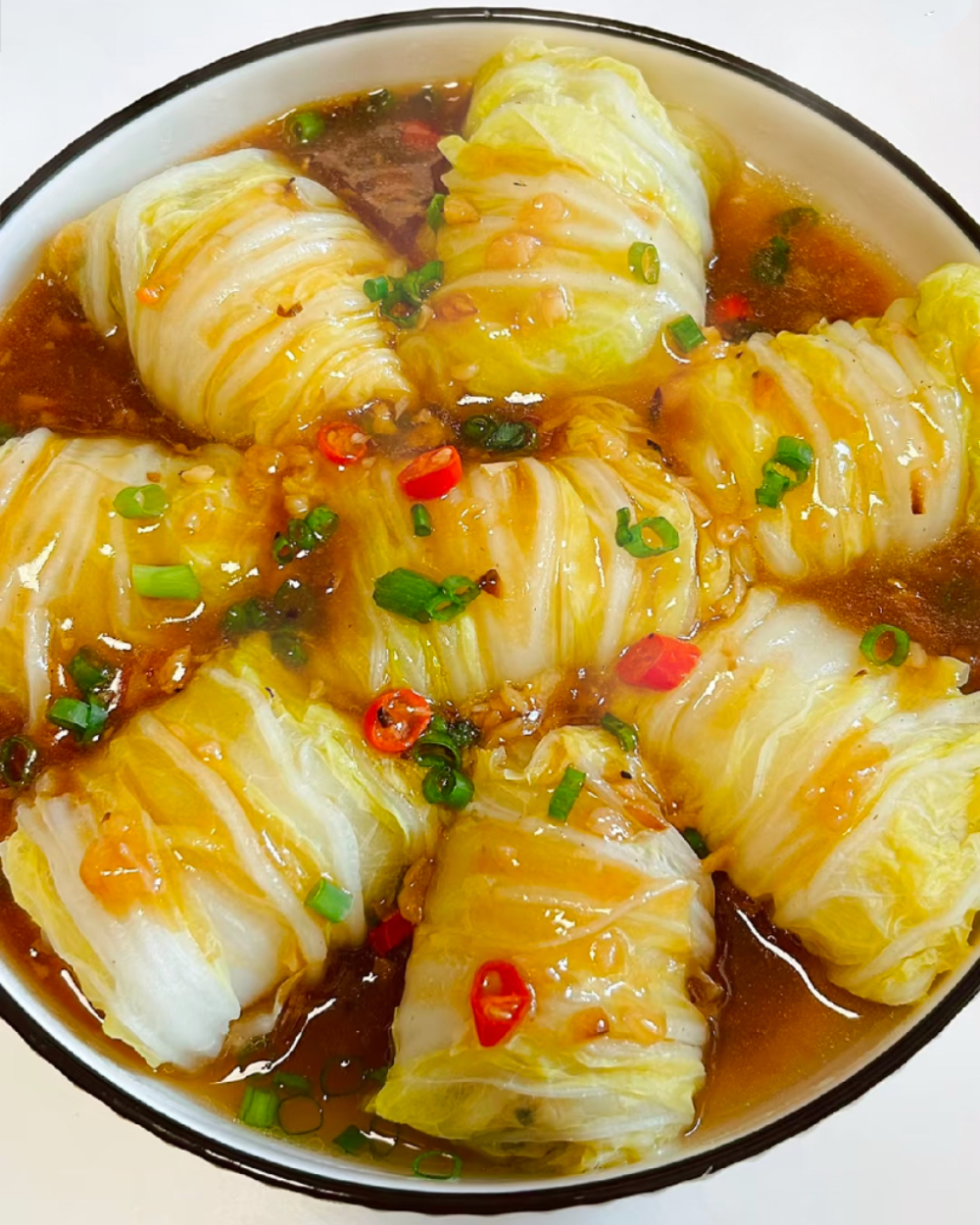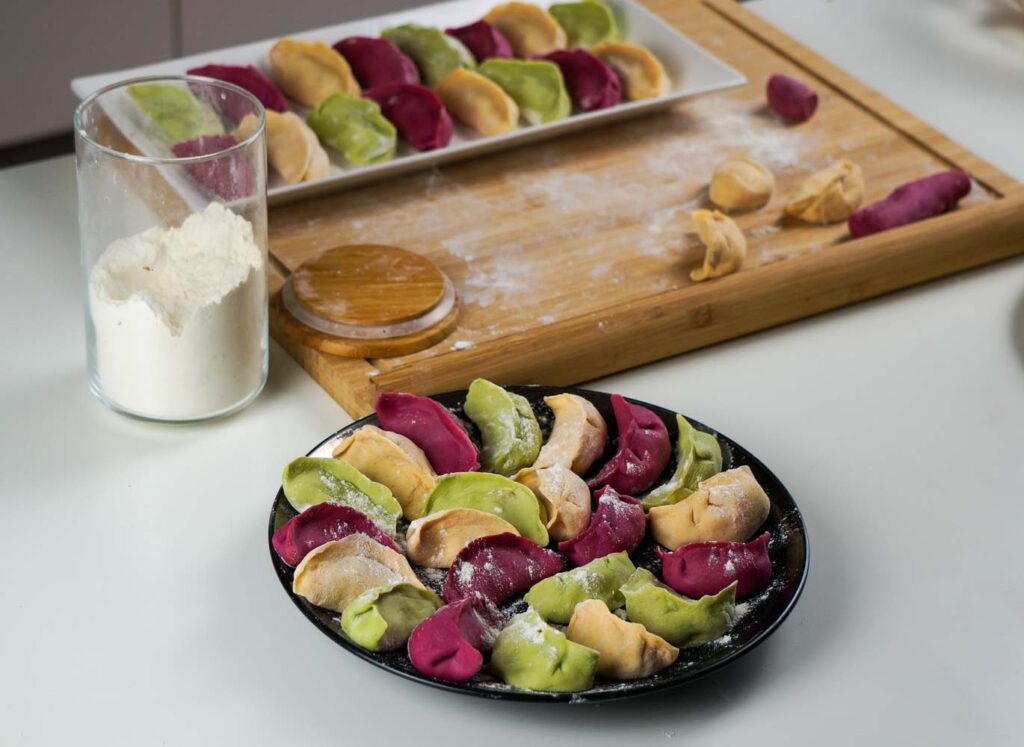12 Most popular authentic chinese new year dishes
While most of the world has finished celebrating the new year of 2025, we Chinese are eagerly awaiting to celebrate our own Chinese new year- also named the Lunar New Year, or Spring Festival. This isn’t just another holiday but China’s grandest and most significant festival, marking the true beginning of new year in China.
During the 15 days of festivities , everything centers around the ultimate family reunion – gathering with loved ones around tables filled with carefully chosen dishes. As a native Chinese who grew up in multiple regions, and traveled throughout China, I can humbly share that despite the incredible richness and diversity of Chinese cuisine, there are certain core elements that no Chinese family would dare miss in their dishes – each carrying special wishes for good fortune in the coming year:
Fish:
In Chinese, “yu” (fish) shares the same sound as “surplus.” We serve it whole, symbolizing a complete year of abundance, with an important tradition – we always leave the head and tail untouched, ensuring our prosperity flows endlessly into the coming year.
Spring Rolls:
Spring Rolls, our Golden Packets of Good Fortune. These crispy delights carry meaning beyond their delicious taste. Shaped like traditional gold ingots, each fold represents our wish to “keep” prosperity. The fillings vary by region – in northern China, you’ll find sweet versions stuffed with red bean paste, while southern Chinese families prefer salty fillings such as combinations of vegetables like carrots, cabbage, bamboo shoots, and mushrooms.
Steamed Dishes:
“Zheng” (steam) in Chinese echoes “zhengzheng ri shang” meaning to rise higher day by day. That’s why my family always makes sure to have plenty of steamed dishes on our New Year’s table. It’s our tasty way of wishing everyone a year of climbing to new heights.
Chicken:
As one of China’s most beloved proteins, chicken is a must-have for festive occasions, especially for New Year . There’s a lovely play on words here – ‘ji’ (chicken) is part of the blessing ‘da ji da li,’ which means ‘great luck and prosperity.’ With countless delicious ways to prepare it – from tender steamed to crispy fried – no Chinese New Year feast would be complete without a chicken dish bringing good fortune to the table!
Cabbage:
Here’s another delightful wordplay :in Chinese, the word for cabbage sounds just like ‘fortune.’ Who could resist such a lucky prediction? And the best part? The simplest preparation often brings the most luck
Beef:
Having a beef dish on the table is like saying “牛气冲天” (niu qi chong tian) – wishing for overflowing energy in the coming year!
Rice Cakes (年糕 Nian Gao):
‘Nian gao’ sounds like ‘higher each year’ in Chinese, making it our lucky charm for career advancement and personal growth! Here’s a fun fact that surprises many: unlike Western cakes, these rice-based treats aren’t sweet on their own. While northern Chinese families often fry them with sugar for a sweet treat, we in southern China prefer them in savory dishes.
Meet balls :
These special meatballs symbolize family reunion (团团圆圆, pronounced ‘tuan tuan yuan yuan’, meaning ‘perfect circle of unity’). While you might be familiar with classic Italian-American meatballs in marinara sauce, these festive Chinese meatballs take a different approach to achieve the perfect bite. Instead of using breadcrumbs or herbs, we mix in vegetables, such as finely chopped lotus root, into the meat mixture. This not only adds an unexpected crisp texture but also brings a refreshing element to each bite.
Chinese dumplings
(饺子, jiǎozi) are not just a common dish—they’re the highlight of New Year festivities! Their fillings can vary greatly, influenced by region and family preferences, as well as the time they are served. Some families include them in the New Year’s Eve feast, while others reserve them for the magical moment at midnight, marking the transition from the old year to the new.
In my family, we follow a well-established tradition: the grand New Year’s Eve feast takes place at noon, when we enjoy symbolic dishes. Then comes the evening, a sacred moment dedicated to dumplings. Nothing else—just these precious, crescent moon-shaped treasures that embody all our wishes for the coming year.
At now, i’d like to share with you In my region, where Sichuan, Hubei, and Guizhou cuisines influence our cooking,
The 12 must-have Chinese New Year dishes:
1. Tang Cu Yu (Sweet. and Sour Whole Fish):
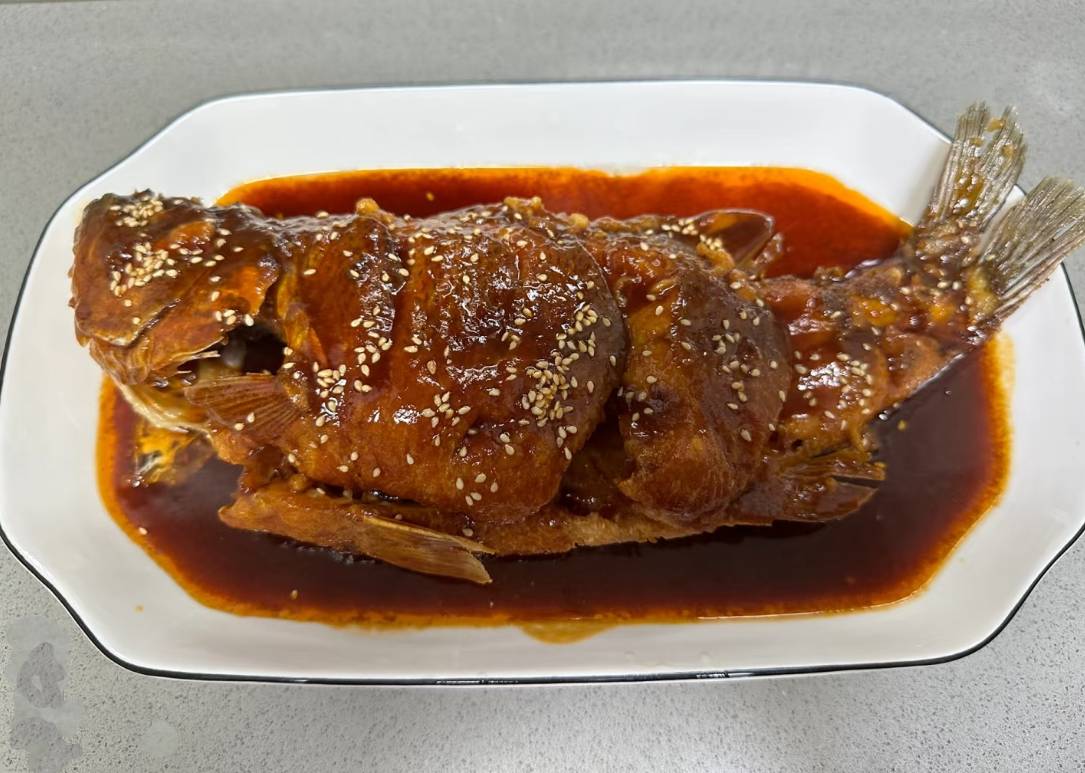
2. Crispy Fried Lotus Root:
3. La Rou (Sichuan-Style Smoked Ham and Sausages):
4. Pearl Meatballs
5. Fried Spring Rolls:
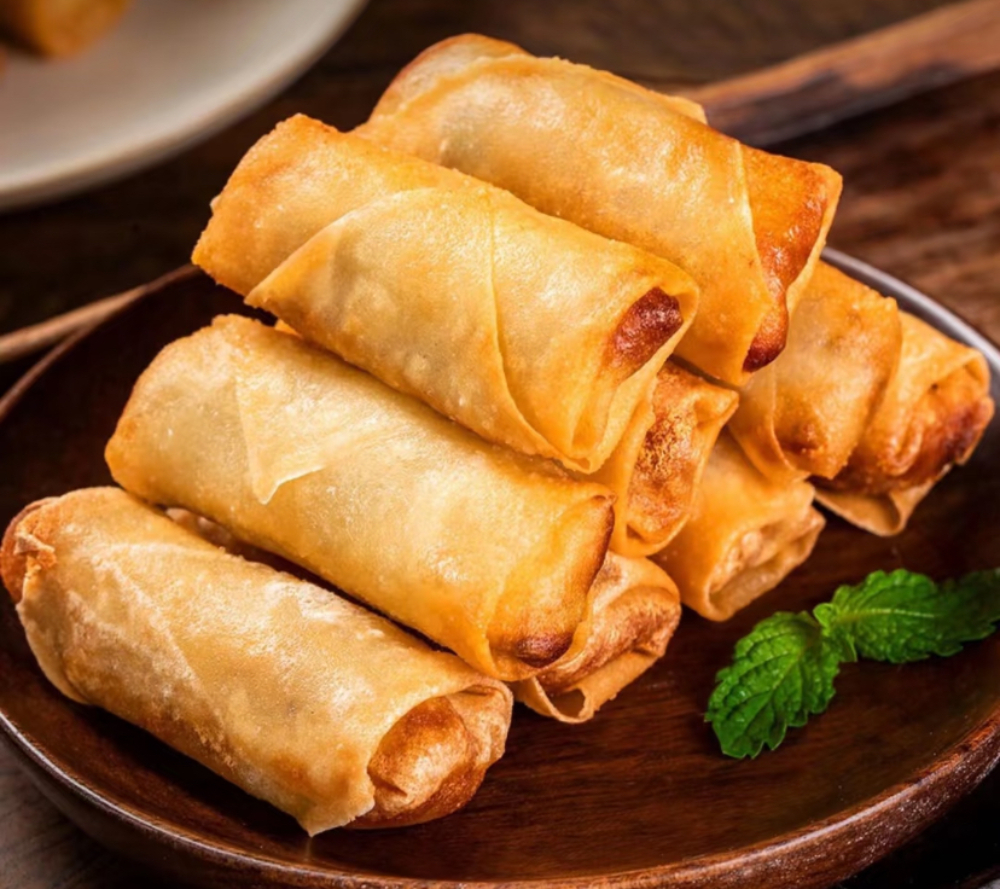
6. Steamed Scallops:
7. Braised Beef:
